ทองคำ
คุณภาพของทองคำขึ้นอยู่กับความบริสุทธิ์ของทองคำ มีหน่วยเป็นกะรัต ทองคำบริสุทธิ์ 24 กะรัตเป็นค่าเริ่มต้นบังคับใช้ในอัญมณี ดังนั้นมันคือโลหะทองผสมกับโลหะเงินอื่นๆ คอปเปอร์ นิกเกิล และสังกะสี ที่เพิ่มเข้าไป มันจึงแข็งแรงและทนทาน โดยทั่วไปการวัดโลหะผสมที่เพิ่มเข้าไป 18 กะรัต(ทองคำ 75%) 14 กะรัต(58%) และ 10 กะรัต (47.7%) ในอเมริกาจะมีขอบเขตของกะรัตถูกต้องตามกฎหมาย ปราศจากโลหะ ทองคำเป็น 10 กะรัต ถ้ากะรัตเยอะๆ การวัดทองคำจะแสดงความจุเป็นราคาของอัญมณี ทองคำปกติจะใช้การประทับตรากับกะรัต อย่าง 18K ,750(ยุโรปทำให้สำหรับ 18K) ,14K, 585(ยุโรปทำสำหรับ 14K),หรือ 10K แต่ละชิ้นจะใช้การประทับตรากับโรงงานเพื่อเป็นเครื่องหมายการค้า ทองคำสีเหลืองเป็น ทองคำที่พบมากที่สุดและปกติโลหะทองผสมกับเงินและคอปเปอร์ ทองคำสีเหลืองและทองคำขาว มีความแข็งแรง พวกเขาทำเครื่องประดับออกมาสมบูรณ์เสมอ ทองคำขาวคือ โลหะทองผสมกับนิเกิล คอปเปอร์ และสังกะสี และสีขาวมองดูแล้วจะคล้ายแพลทินัม มันมีคุณสมบัติแตกต่างกัน ทองคำสีกุหลาบ(นาค) คือโลหะทองผสมคอปเปอร์ และจะใช้ผสมทองคำขาวหรือทองคำเหลืองอยู่บ่อยๆ ควรดูแลใส่ใจทองคำเพื่อให้ทองมีความแวววาว และไร้รอยขีดข่วน หลีกเลี่ยงการโดนคลอรีนและสารเคมีอื่นๆ ไม่ควรสวมใส่เครื่องประดับระหว่างการทำงานที่ทรหด และควรเก็บไว้ในที่ที่เหมาะสม กล่องเครื่องประดับหรือกระเป๋า
การทำความสะอาดเครื่องประดับทองคำ ใช้น้ำอุ่น สบู่อ่อนๆและแปรงอ่อนนุ่ม
สีทองคำ
ทองคำสีเหลืองคือ ทองผสมโลหะที่เป็นเงินและคอปเปอร์ ได้รับความนิยมมากที่สุด
ทองคำขาว เกิดจากทองผสมโลหะที่มีส่วนผสมเป็นจำนวนมาก หรืออาจใช้พาราเดียมและแพลทตินัม จะมีความเงาสูงและไม่ดำง่ายเหมือนเงิน
ทองคำสีกุหลาบ(นาค) คือทองผสมโลหะกับคอปเปอร์ และบางทีก็มีเงิน ส่วนประกอบของทองคำสีกุหลาบ 24 กะรัตคือทองประมาณ 1 ส่วนผสมคอปเปอร์ถึง 3 ส่วน

ราคา
ราคาทองคำเป็นปัจจัยพื้นฐาน มีน้ำหนักเป็นกรัม มีการออกแบบและมีความชำนาญ และน้ำหนัก(กรัม) บอกคุณสมบัติ ของทองแต่ละชิ้นว่าเป็นอย่างไร แต่อย่าเอาสิ่งเหล่านี้เป็นตัวกำหนดราคาโดยลำพัง เทคนิคการออกแบบ เพื่อการสวมใส่สบาย มีความคงทนตลอดอายุการใช้งาน
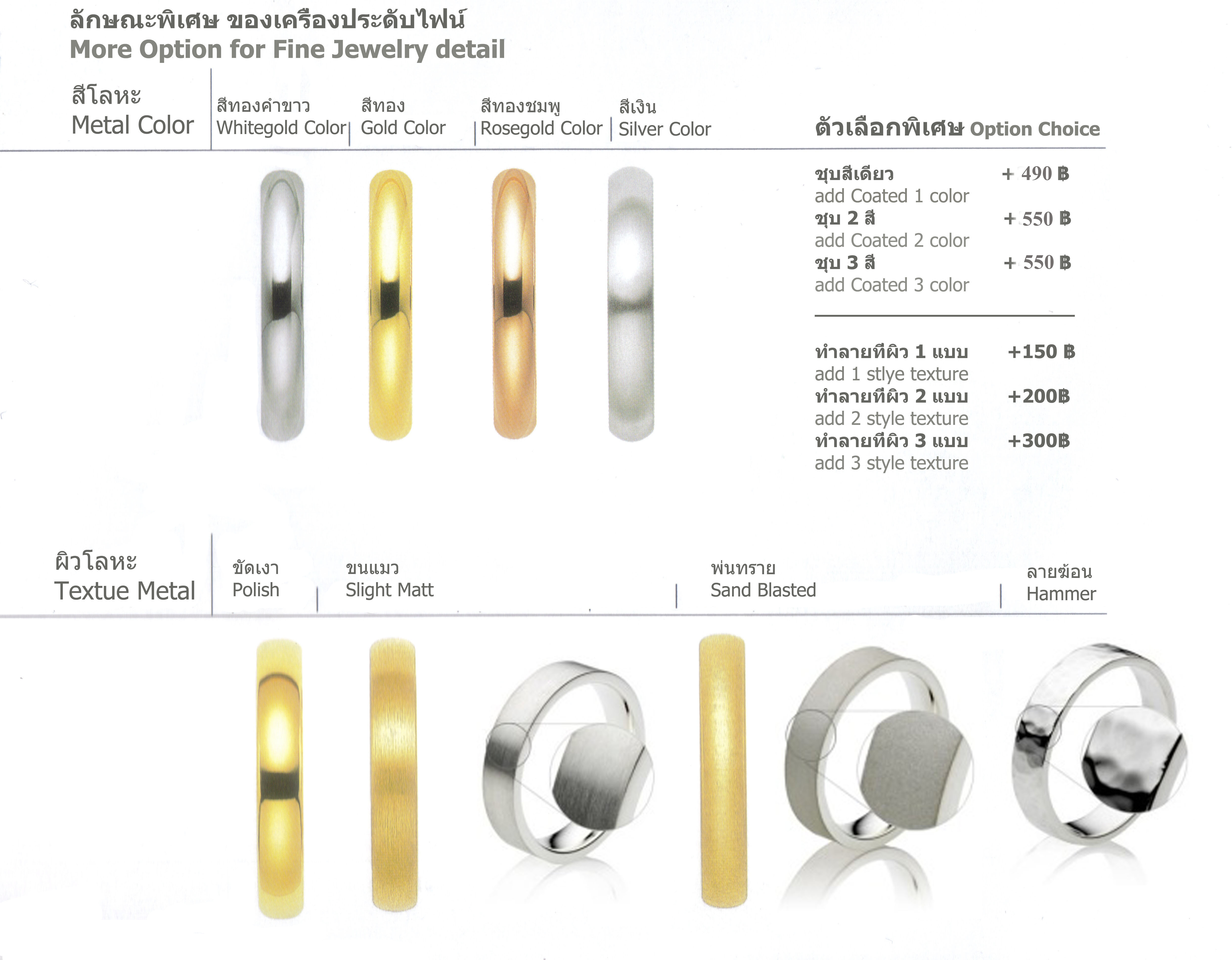
เครื่องประดับทองส่วนใหญ่จะใช้เครื่องจักร และในขั้นตอนสุดท้ายจะทำด้วยมืออย่าใส่ตอนที่ทำงานหนัก หรือเมื่อตอนที่ล้างมือกับน้ำยาเคมี หมั่นตรวจสอบอย่างสม่ำเสมอว่าพลอยที่ฝังนั้นอยู่ในตำแหน่งเดิมที่ถูกต้องหรือไม่ ถ้ามีการขยับหรือว่าเอียงควรนำไปให้ผู้เชี่ยวชาญดูแลทันที

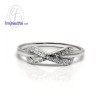
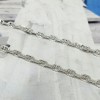












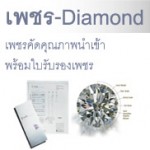
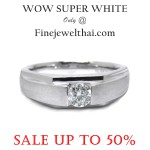
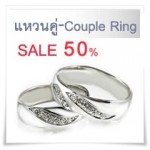
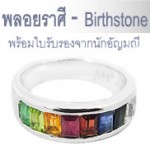
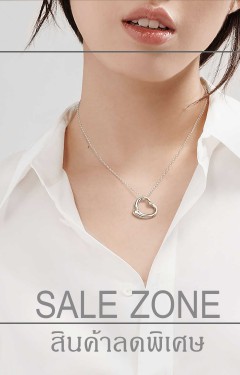
แสดงความคิดเห็น